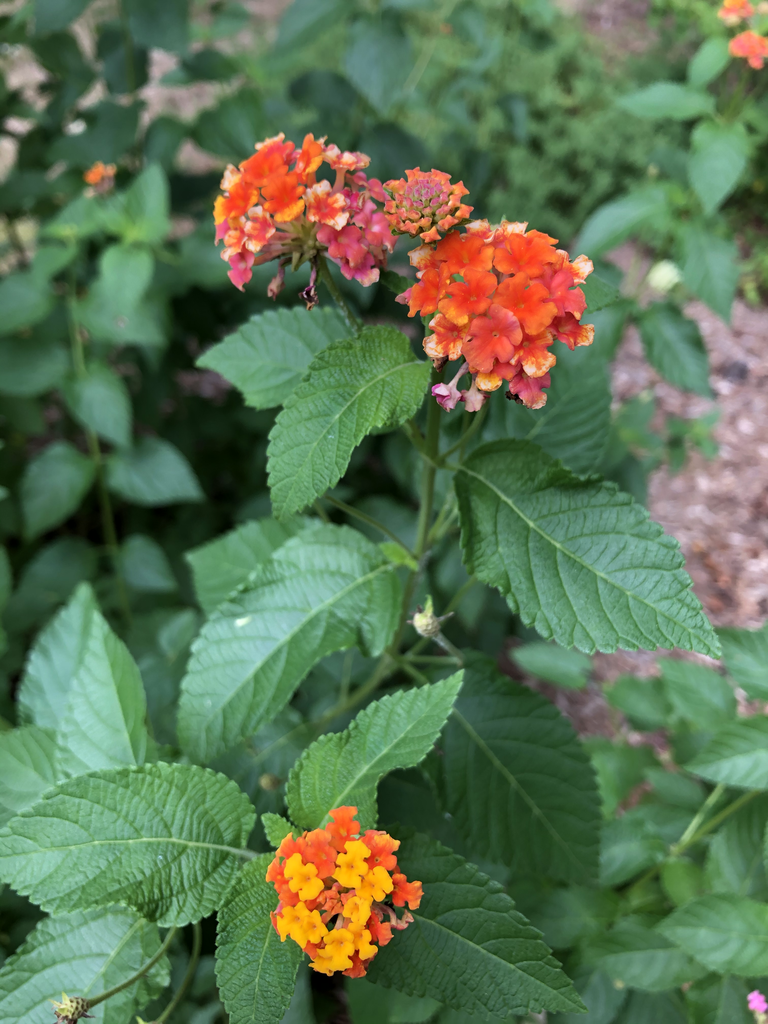By Jessica Strickland, Wayne County Horticulture Extension Agent
As the sweltering heat of August settles across North Carolina, many gardeners find themselves retreating indoors during the hottest parts of the day. However, this month presents crucial opportunities for lawn care, plant maintenance, and fall garden preparation that shouldn’t be missed.
“The hot summer days of August may make it challenging to find comfortable weather to work in the garden,” says Jessica Strickland, Agriculture Extension Agent specializing in horticulture for North Carolina Cooperative Extension in Wayne County. “Take advantage of when we have more pleasant days for working outdoors to complete these essential gardening tasks.”
Lawn Care: Last Call for Summer Fertilization
August marks a critical period for lawn maintenance, particularly for homeowners dealing with persistent fire ant problems. Late summer provides the most effective window for controlling these invasive pests using bait treatments, as the colonies are actively foraging to prepare for winter.
For lawn fertilization, August represents the final opportunity to feed warm-season grasses. Bermudagrass, St. Augustinegrass, and zoysiagrass should receive their last application of the season—approximately one pound of nitrogen per 1,000 square feet. However, centipedegrass should not be fertilized during this period.
Homeowners should also monitor for grub activity, treating lawns only if they discover more than five grubs per square foot, indicating a potentially damaging infestation.
Trees and Shrubs: Preparing for Dormancy
As plants begin their gradual transition toward fall, August gardening practices should support this natural process. Fall webworms, while creating unsightly masses of webbing on branch ends, typically cause minimal damage to trees. Homeowners concerned about aesthetics can remove webs by tearing them open with a long pole or disrupting them with a strong water stream.
A crucial recommendation for this month: avoid pruning or fertilizing landscape shrubs for the remainder of the year. This allows plants to properly prepare for dormancy, resulting in greater winter hardiness.
For annual flowers, gardeners should remove tired, spent plants while deadheading healthy specimens. Those seeking a second bloom from faded annuals can achieve this by cutting plants back by one-third their height and following up with liquid fertilizer applications.
Houseplant Maintenance
Indoor gardeners should assess their houseplants for repotting needs. Plants that experienced significant growth during summer may require larger containers, and August provides adequate time for root systems to acclimate before cooler weather arrives.
Continued mulch application remains important throughout the month to conserve soil moisture and suppress weed growth.
Fall Vegetable Garden Preparation
August serves as the planning and planting month for fall gardens. Gardeners should order seeds for autumn vegetables while beginning transplant production for cool-season crops.
Starting seeds in containers this month, including broccoli, kale, collard, cabbage, Chinese cabbage, and cauliflower, will provide strong transplants for fall planting. Parsley seeds can be sown directly in gardens or containers—soaking seeds in warm water for six to eight hours before planting improves germination rates.
Late August brings opportunities for direct seeding of quick-growing crops. Lettuce, spinach, arugula, and other salad greens can be sown in gardens or containers, while root vegetables like carrots, beets, rutabaga, and kohlrabi can be direct-seeded.
Fruit Tree and Pest Management
August requires vigilance for specific pest threats. The pecan weevil typically emerges from soil in early August following significant rainfall events. Preventive treatments should begin on August 1st after rainfall, focusing insecticide applications (such as Sevin) on trunk and lower limb areas.
Peach tree owners must protect against peach tree borers by spraying trunk areas with permethrin, preventing these destructive pests from killing valuable fruit trees.
Expert Resources and Community Connection
For gardeners seeking additional guidance, Wayne County Extension offers multiple resources including an email newsletter providing timely gardening tips. The program maintains active social media presence on Facebook (@waynecooperativeextension) and Instagram (@waynecountyextension).
The North Carolina Extension Gardener Plant Toolbox (https://plants.ces.ncsu.edu/) provides comprehensive plant selection resources for landscape planning.
As Strickland emphasizes, August’s challenging weather conditions shouldn’t deter essential garden maintenance. By focusing efforts during cooler morning and evening hours, North Carolina gardeners can maintain healthy landscapes while preparing for the productive fall growing season ahead.

